Remembering prolific Chicago artist
A crowd of nearly 20 members of the public gathered in the Drawing Room Library of the Chicago Athletic Association Hotel this week to sit in on a conversation about the art, life and legacy of Chicago-based artist Barbara Jones-Hogu.
On Sunday, Feb. 25, as part of a Storytelling Series in collaboration with Art Design Chicago, DePaul Art Museum Director Julie Rodrigues Widholm and artist Faheem Majeed hosted a talk discussing the inspiration behind the work of Jones-Hogu, who died on Nov. 14, 2017 — just two months before her first solo exhibition at the DePaul Art Museum.
The conversation centered around her role as an artist during the time of black uprising in the 1960s and how her work continues to inspire the black community in Chicago.
Famous for her bright and bold artwork which features pro-black words of encouragement weaved into the hair, skin, clothing and scenery of the paintings’ subjects, Jones-Hogu became a central figure in the Black Arts Movement of the mid-60s and ‘70s and joined the African American artist collective African Commune of Bad Relevant Artists (AfriCOBRA), one of America’s longest-running artist collectives. Its mission is to create uplifting images of black people and culture that also reflect the hardships, both social and political, that members of the group notice within their communities.
She also helped to paint the iconic “Wall of Respect” in 1967, a mural that paid tribute to over 50 notable black figures, including Harriet Tubman, Muhammad Ali, Gwendolyn Brooks and Nat Turner.
Despite her work being very sharp, powerful and strong, Majeed described her as a “very sweet individual.”
“She was very giving of her time and very nurturing,” Majeed said, recalling the “hours and days” Jones-Hugo spent conversing with youth about her work that was on display at the South Shore Community Arts Center during her visits.
Jones-Hugo knew very well her role and purpose of creating art within her community, explained Majeed. He referenced interviews where she would say, “I (didn’t) know what (was) going on down there on the streets, but I knew what my role was, and my role was to paint this mural,” or, “My job is to make this art.”
The impact of her work continues to reverberate throughout the artistic community in Chicago, even influencing Majeed’s own projects in the way bright colors are used to impact the audience. He has experimented with Kool-aid, using it to stain wood to create the same vibrant, striking hues used in a lot of AfriCOBRA’s work.
According to Majeed, his color theory doesn’t come from the “traditional sense of color theory.”
“My color theory comes from the AfriCORBA sense,” he said, explaining that Barbara Jones-Hogu’s philosophy of using colors and text to influence the viewer has been used and expanded on in his work.
During the conversation, Widholm acknowledged the critical nature of Jones-Hogu’s earlier work toward American politics and how the themes of her artwork shifted and became increasingly positive after she joined AfriCOBRA.
To add, Majeer explained the concept behind the artist collective AfriCOBRA, saying, “We know our value, we know our people’s value, we’re going to make work that speaks to us.”
“We’re talking about empowering images in a time where we didn’t really have any empowering images,” Majeed said. “Solely by showing beautiful black faces, beautiful black colors — that draws people in.”
Widholm hopes the impact of Jones-Hugo’s work continues to influence and uplift those who view it and those who plan to visit DePaul’s Art Museum to view her collection.
“I hope that they took away an understanding that art can be beautiful and politically powerful at the same time,” Widholm said, explaining that “great art lasts through time” but the messages of powerful artwork can be relevant even decades later.
Barbara Jones-Hogu’s exhibit Resist, Relate, Unite 1968-1975 will be up through March 25, 2018 at the DePaul Art Museum. The event is free and open to the public.


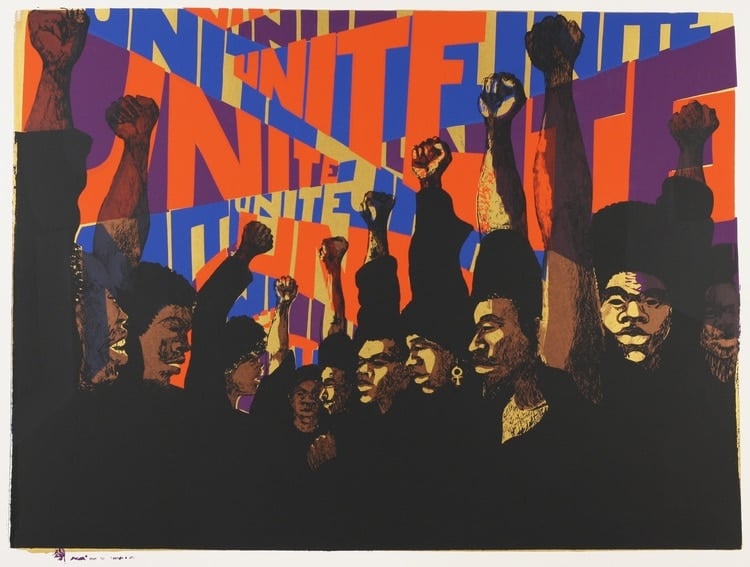

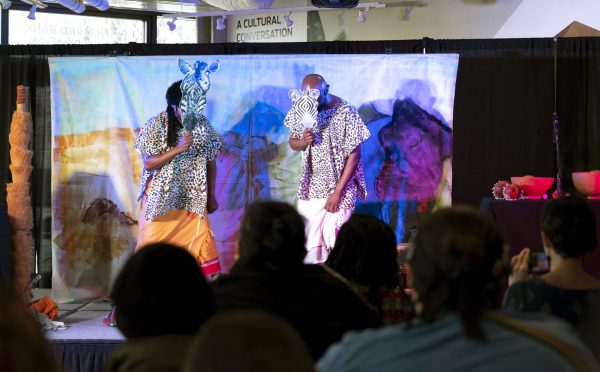
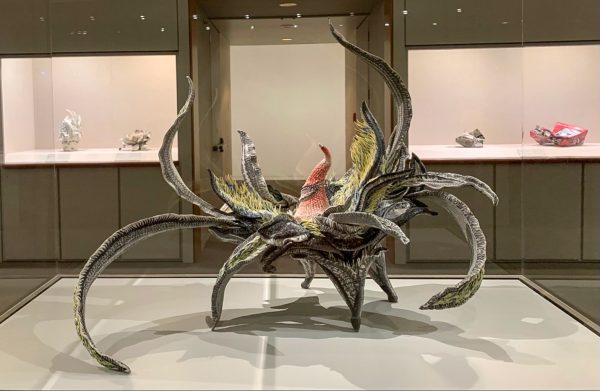
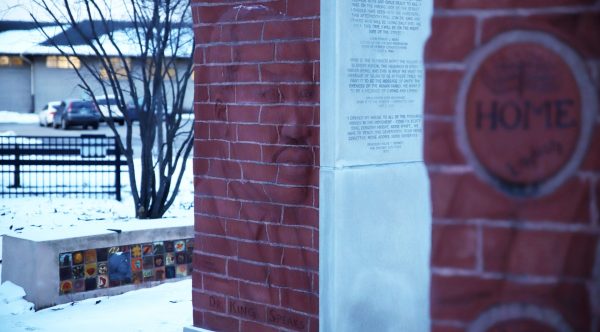

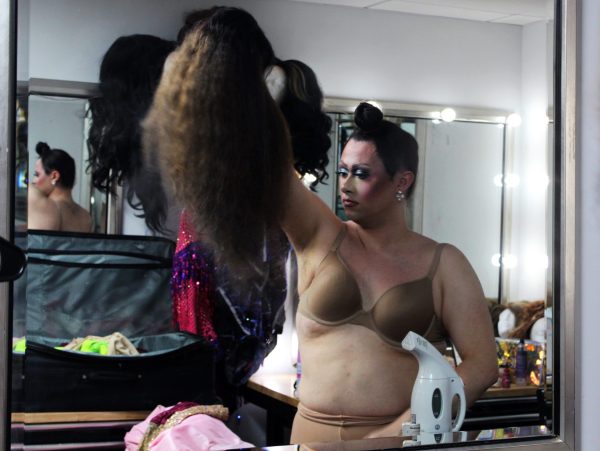
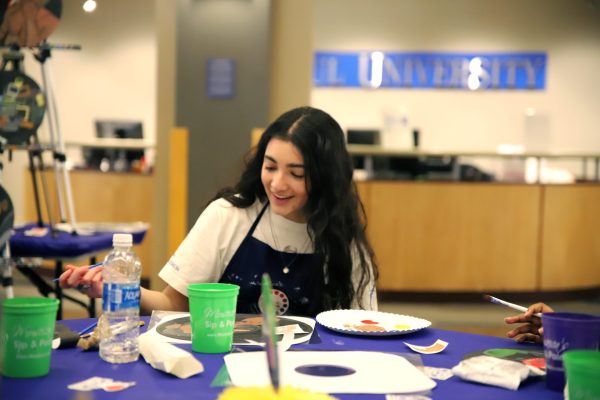

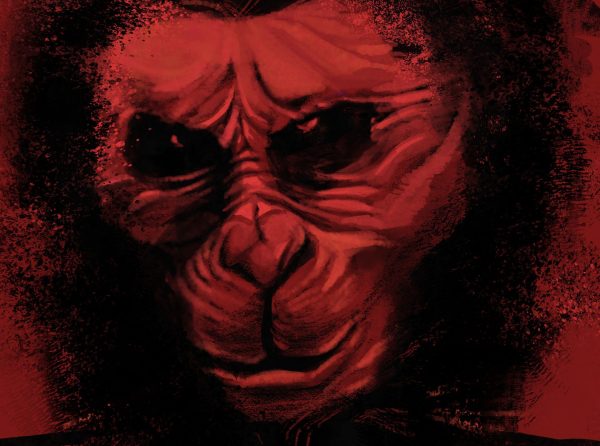
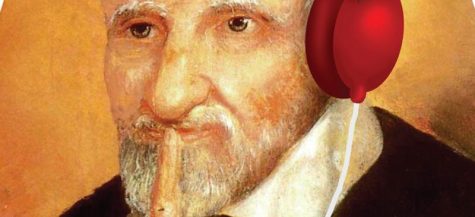
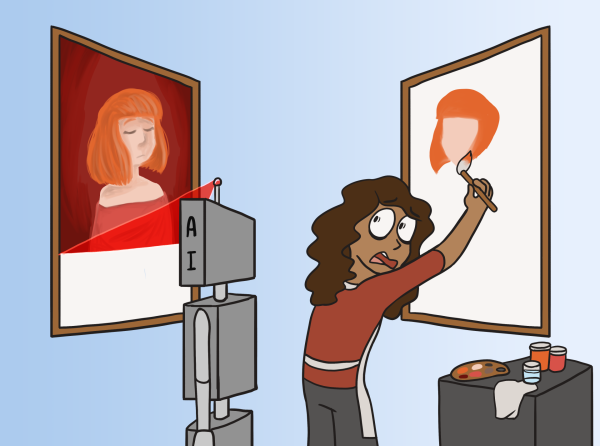
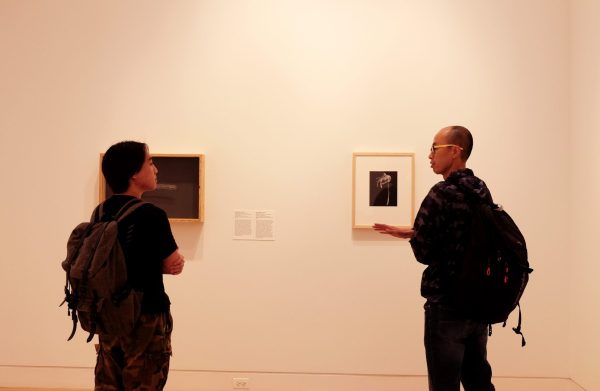
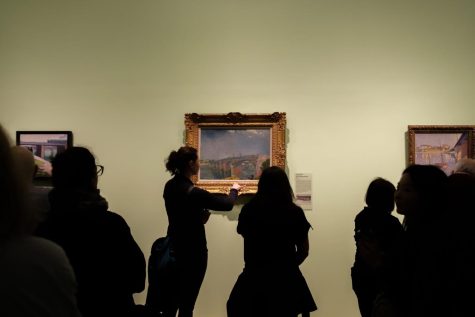
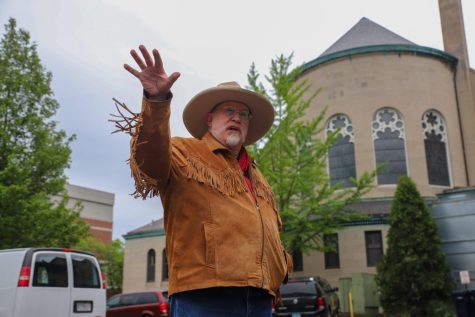
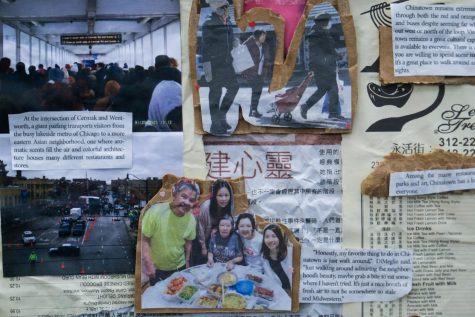
loosea • Mar 15, 2018 at 1:49 pm
“seeks to secure Majeed’s return to his home he is at home, now send his family over there or are they like all of the other families that had the father deported? “bye daddy we love you, write us